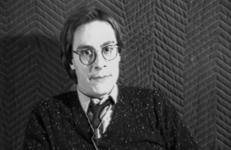
The ninety interviews produced by Lyn Blumenthal and Kate Horsfield between 1974 and 1988 exhibit a level of intimacy and authenticity that is startling when contrasted to today’s media savvy world. These interviews, recorded on early video equipment, evidence an era when those under the spotlight were less conscious of projecting a perfect and mediated “image”, and more interested in sharing ideas, experiences and histories. Within these early tapes, Blumenthal and Horsfield’s interviewees thoughtfully answer questions about their lives and work in ways that are both surprising and enlightening, while detailing the artistic choices they make on a day-to-day basis.
These compelling interviews, often shot in black and white, reveal the development of each artist’s trajectory, from first deciding to become an artist, to developing a practice and establishing a career. Many of the interviews are taped with artists at a fairly early stage in their artistic development; some artists are re-interviewed after a period of several years, accentuating developments in ideas and methodologies. The productions are small in size, often recorded with only the artist, camera operator and interviewer present, allowing for the development of a remarkably intimate atmosphere, and revealing profound insights into the lives and work of the subjects.
Averaging an hour in length, the interviews are edited from the original footage in order to distil the content to the most important and relevant dialogue. The camera focuses close-up on the artist, with the interviewer out-of-frame, though their voices can be heard asking questions and seeking clarifications, and occasional cigarette smoke floats across the screen. This stripped down format ensures that the viewers’ attention is focused on the interviewee, and the dense and often complex descriptions of the creative process that each artist reveals.
The series ended with Lyn Blumenthal’s untimely death in 1988.
Lucy Lippard (b. 1937) earned degrees from Smith College and New York University before beginning her career as an art critic in 1962, when she began contributing to publications such as Art International and later, Artforum. In 1966, she organized an exhibition entitled Eccentric Abstraction at the Fischbach Gallery in New York City.
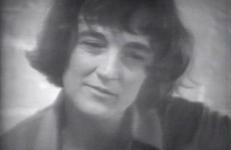
Lucy Lippard (b. 1937) earned degrees from Smith College and New York University before beginning her career as an art critic in 1962, when she began contributing to publications such as Art International and, later, Artforum. In 1966, she organized an exhibition entitled “Eccentric Abstraction” at the Fischbach Gallery in New York City. “Eccentric Abstraction” set the standard for what would later be regarded as postminimalism, process, or antiform art.
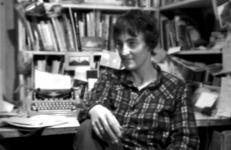
Nathan Lyons (b.1930) has contributed to the field of photography as a critic, author, curator, educator, and photographer. He has published several books and catalogs, including Photographers on Photography (1966), Photography in the 20th Century (1967), Towards a Social Landscape (1967), Persistence of Vision (1968), and Notations in Passing (1974). His body of work consists primarily of photographs which focus on American culture.
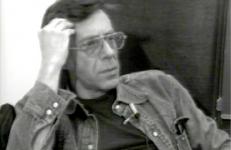
Originally from Canada, Agnes Martin (1912-2004) moved to the U.S. in 1931. Martin lived in Taos, New Mexico from 1954 to 1957, and then moved to New York, where she established her name as an important minimalist painter.
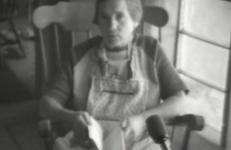
Originally from Canada, Agnes Martin (1912-2004) moved to the U.S. in 1931. Martin lived in Taos, New Mexico from 1954 to 1957 and then moved to New York, where she established her name as an important minimalist painter. Her work differed conceptually from the minimalist movement in that it was anti-intellectual and intensely spiritual, and her grids represented meditative reflections on Taoism.
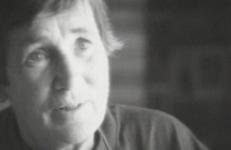
West coast artists, Mike Mandel (b.1950) and Larry Sultan (1946-2009) became artistic collaborators in 1972 while both enrolled in the San Francisco Art Institute’s MFA program. This interview captures the duo’s camaraderie (look closely, they are wearing matching shirts!) and youthful optimism as they describe the impetus behind their California billboard installations of the early seventies.
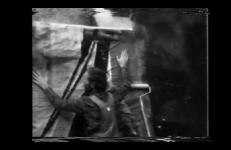
Mary Miss (b.1944) is an American environmental artist who works with concepts of illusion, distance, and perception. Her site-specific work frequently uses both ancient and modern architecture as references. Miss's 1977 installation Perimeters/Pavilions/Decoys at the Nassau County Museum of Art, served as one of Rosalind Krauss's inspirations when she defined postmodern sculpture in her article, "Sculpture in the Expanded Field."
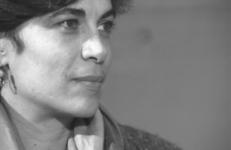
Joan Mitchell (1925-1992) was a "second generation" abstract expressionist painter and printmaker. She was an essential member of the American Abstract expressionist movement, and one of the few female painters to gain critical and public acclaim in the era.
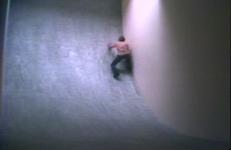
Meredith Monk (b.1942) has been composing, choreographing, and performing since the mid-1960s. Monk is primarily known for her vocal innovations, including a wide range of extended techniques, which she first developed in her solo performances prior to forming her own ensemble. Her voice has a unique timbre, which she explores through a capella singing and speech. As a dancer and choreographer, she creates hybrid, theatrical productions that incorporate ritualistic movements, lighting effects, and small props.
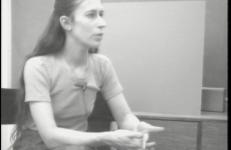
Linda Montano (b. 1942) is an American performance and video artist. At the source of’s work is her search for a personal harmony and balance. She seeks to synthesize the intuitive processes that transforms the private self with the rationality and pragmatism of the public persona, extending this synthesis to both art and life. Her avowed interest lies in "learning how to live better through life-like artworks," with personal growth evolving out of shared experience, role adoption, and ritual.
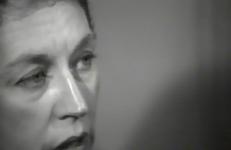
Ree Morton (1936-77) was an American artist working with large-scale mixed media installations. Her mature career was brief, extending from 1971 to 1977. However, her output and growth during these years was unusually large. This was the first of two interviews Lyn Blumenthal and Kate Horsfield conducted with Morton; the second was for the journal Heresies in 1977.
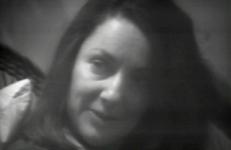
Elizabeth Murray (1940-2007) was an American painter, printmaker and draughtsman. She studied at the Art Institute of Chicago (1958–62) and at Mills College, Oakland, CA (1962–4). Elizabeth Murray’s paintings have been referred to as “dandyish abstraction.” Her work is distinctive in its use of color, shape, and surface to evoke human characteristics, personalities or humor.
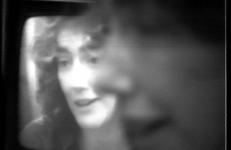
Elizabeth Murray (1940-2007) was an American painter, printmaker and draughtsman. She studied at the Art Institute of Chicago (1958–62) and at Mills College, Oakland, CA (1962–4). Elizabeth Murray’s paintings have been referred to as “dandyish abstraction.” Her work is distinctive in its use of color, shape, and surface to evoke human characteristics, personalities or humor. Murray is particularly well known for her shaped canvases, which date from 1976, on to which are painted both figurative and non-figurative elements.
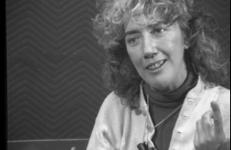
Alice Neel (1900-1984) is known for portrait paintings of well-known persons and eccentric New York street types. Neel worked as a figurative painter throughout the decades of WPA realism, postwar abstract expressionism, 1960s Pop, and 1970s minimalism. She persevered in her work despite a turbulent personal life and critical neglect that continued until the 1960s. Neel lived and worked in New York City from 1932 until her death in 1984.
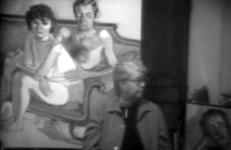
Craig Owens (1950-1990) was a critic who wrote and lectured extensively on contemporary art. He showed particular interest in the issues of photography, postmodernism, feminism, and Marxist thought. A former associate editor for October and senior editor for Art in America, as well as professor of art history at Yale University and Barnard College, his writings were collected in Beyond Recognition: Representation, Power, and Culture (1994). Owens died of an AIDS-related illness in 1990.
